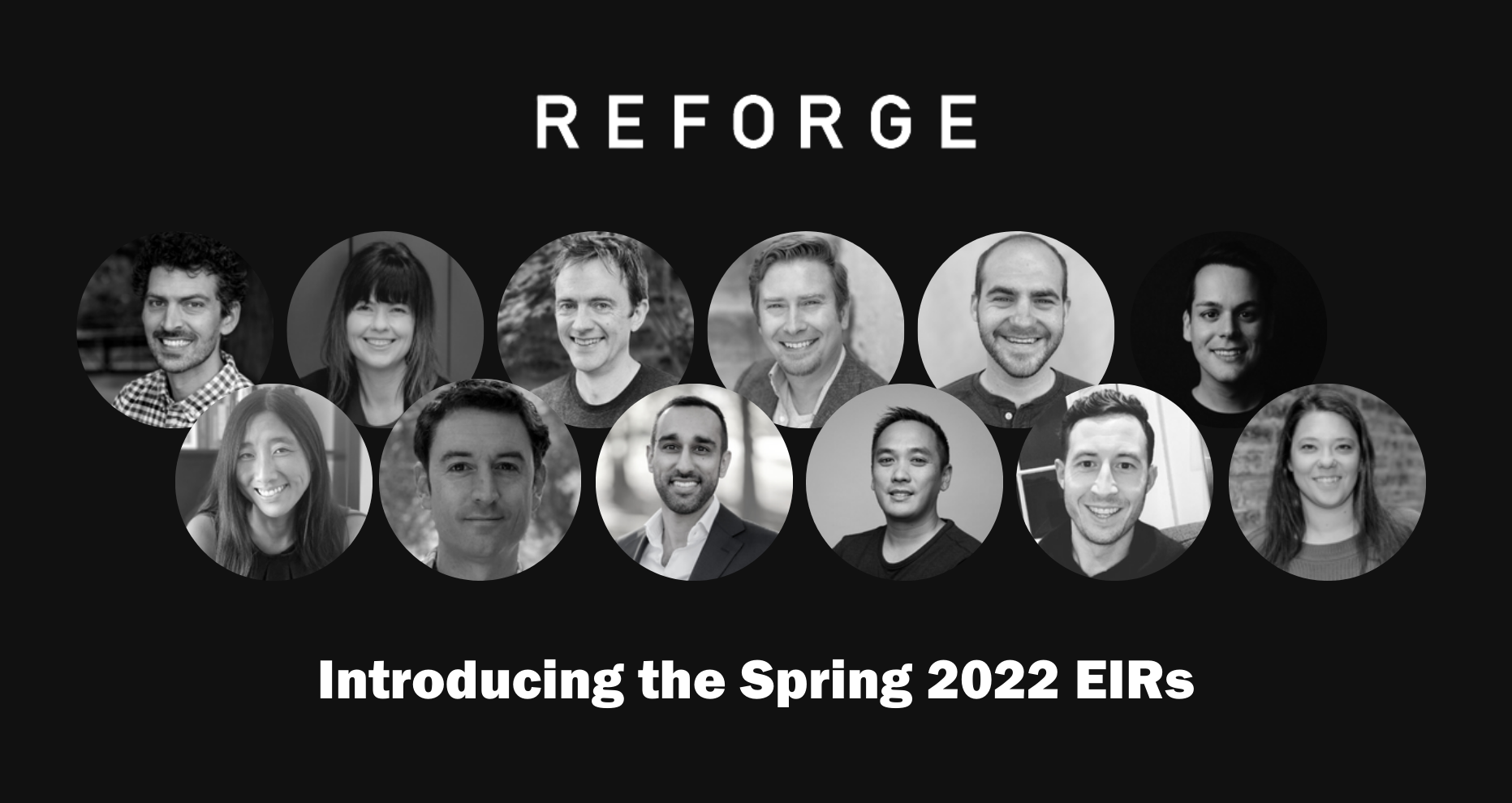In my experience, consumer research has left product people dealing with too many consumer problems.
BELT provides an approach to help classify these consumer problems and insights.
Once you realize that not every consumer problem is on the same level, you can create a compelling outcome for both consumers and businesses by classifying them and subsequently solving them in the right order.
When creating an infrequent consumer product, use BELT to understand and normalize your potential consumer problems.






















